Embedded systems medical and biomedical applications
Applications of embedded systems in medical and biomedical field;
In the current era, our lives have started to become more and more dependent on ‘embedded systems‘, digital information technology that is embedded in our environment.
What are embedded systems anyway?
Embedded systems are actually a combination of computer hardware and software which together form a component of an electrical device that we use in our daily life.
In this article, we are going to discuss Embedded systems medical applications.
They are limited to a particular task and serves a particular function and they are a great help in real time system because they are very quick in performing their operations.
Embedded system consists of a microcontroller, which contains a microprocessor, memory for storing data and programs, AD converters, DA converters which convert analog signals to digital signals and vice versa; sensors and actuators.
Embedded systems include a variety of applications which not only safety-critical applications such as automotive devices and controls, railways, aircraft, aerospace and medical devices but also communications, ‘mobile worlds’ and ‘e-worlds’, the ‘smart’ home, clothes, factories etc.
These applications have an enormous impact on our society, including security, privacy, and modes of working, living and health.
More than 98% of processors applied today are in embedded systems, and are no longer visible to the customer as computers in the ordinary sense.
New processors and methods of processing, sensors, actuators, communications, and infrastructures are ‘enablers’ for this very persistent computing. They are in a sense everywhere, that is, almost invisible to the user and almost omnipresent. As such, they form the basis for a significant economic push.
People tend to use numerous technologies at home and don’t even know or understand the system or the mechanism working in the background.
Embedded system is installed in almost all the devices we use in our daily lives, such as refrigerator, microwave oven, digital cameras, phones, mp3 players, cars, even the toys that kids use. I have made biomedical projects, you may like to check them:
If we look deeper into the applications of the embedded system, we will find out that in almost every field of life, embedded systems are used.
Embedded systems are becoming of great interest in the medical field. Basically, embedded systems were introduced in this field to cater with medical issues that necessitated monitoring and maintenance frequently in a day. Patients that are hospitalized needs constant attention, that can happen using medical embedded technologies. The sensors retrieve data regarding patients health, such as its heartbeat and then these signals are sent wirelessly to the doctors for scrutiny.
Medical devices nowadays lean greatly on sensors as they provide aid in monitoring, diagnosing and treating the medical health of the patient. Followings are the most popular Embedded systems medical applications listed below:
MRI and CT scanner:
This is an example number one in Embedded systems medical applications.
Embedded systems are used in MRI and CT scanner which uses radio frequency pulses and x-rays respectively to produce detailed pictures of the parts of your body and the structures inside your body.
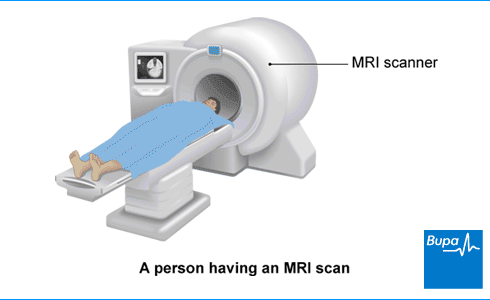
Sonography:
Embedded systems are also used in sonography, also called ultrasound imaging, which uses high-frequency sound waves to image soft tissues such as muscles and internal organs in real time.
Defibrillator:
This is a third example of Embedded systems medical applications.
Many heart patients die due to cardiac arrest which occurs without any warning.
So an embedded system was introduced into some medical devices which are used to detect cardiac abnormalities which include, the irregularity of heartbeat and are diagnosed before the contingency of the heart attack in order to avoid the deadly cardiac arrest to a major extent.
Such embedded medical devices include defibrillator which is a machine used to monitors a patient’s heartbeat for an irregular pattern and generally shocks the heartbeat back to its normal pattern when an abnormal heartbeat is detected.
Digital Flow sensors:
This is yet another example of Embedded Systems medical applications such device which monitors the respiratory system of the patient.
In case of any irregular breathing, the doctor is immediately alarmed.
Blood pressure device and glucose test set:
Embedded systems are also installed in the blood pressure machines that are efficient in detecting the systolic and diastolic pressure of a human body and in the glucose test set which tests the sugar level of a human body.
Fetal heart monitoring machine:
Another embedded medical device is fetal heart monitoring machine which is used during pregnancy, labor, and delivery to keep track of the heart rate of your baby, which tells if the baby is doing well or not.
Wearable devices that keep a check on your health:
Most of the diseases and medical complications happen due to our lifestyles and embedding systems can go a long way in helping us to shape our daily habits and overhaul our lifestyle since nowadays people don’t really have time to go to doctors for their regular check ups.
So smart embedded technology based medical devices, which are mostly in the form of wearables, were introduced to provide aid to people who now can be more aware of their personal health as these devices would allow users to monitor their heart rate, blood pressure, glucose, weight and numerous other parameters.
One such product which has taken the fitness world by storm is FitBit.
It is one of the most advanced examples of embedded systems. It can be worn on hand as a bracelet and it tracks all our health measures such as blood pressure, weight, sleep etc, and help us reach our health and fitness goals.
Such users are less likely to develop health problems in the future.
With the decrement in size and increment in processing power, small devices with the embedded system are capable of collecting patient data and making control decisions that may help in providing patients with better treatments and medications.
In short, this system is replacing the need for having doctor to visit the patient and examine his symptoms.
This has been a great advancement in the medical field in which not only the quality of the healthcare is augmented but the cost of medical management is also diminished with these programmed automatic technologies introduced.
Nevertheless, embedded systems have innumerable applications in every field of life including health and medicine.
With the boom of Artificial Intelligence and IoT(Internet of things) around the corner, the eventual fate of embedded systems couldn’t be brighter and we can only expect more applications of embedded systems in effect making healthcare more reachable and easier than ever in human history.
This is all about Embedded systems medical applications.
In coming article, I will come up with embedded systems applications in military equipments.
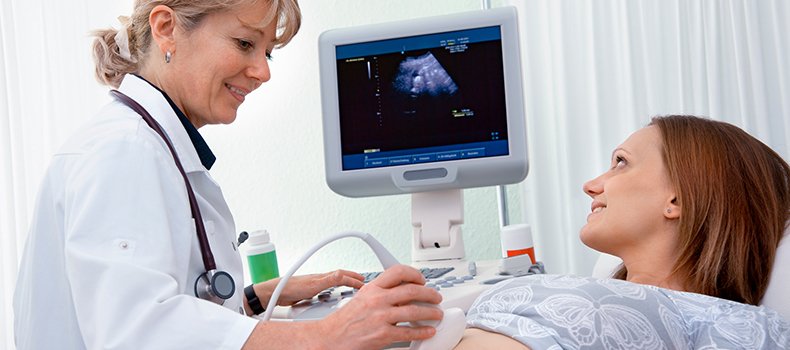
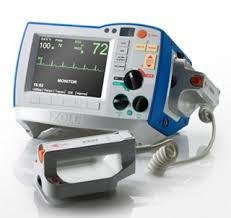
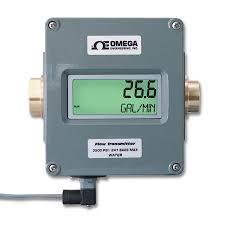
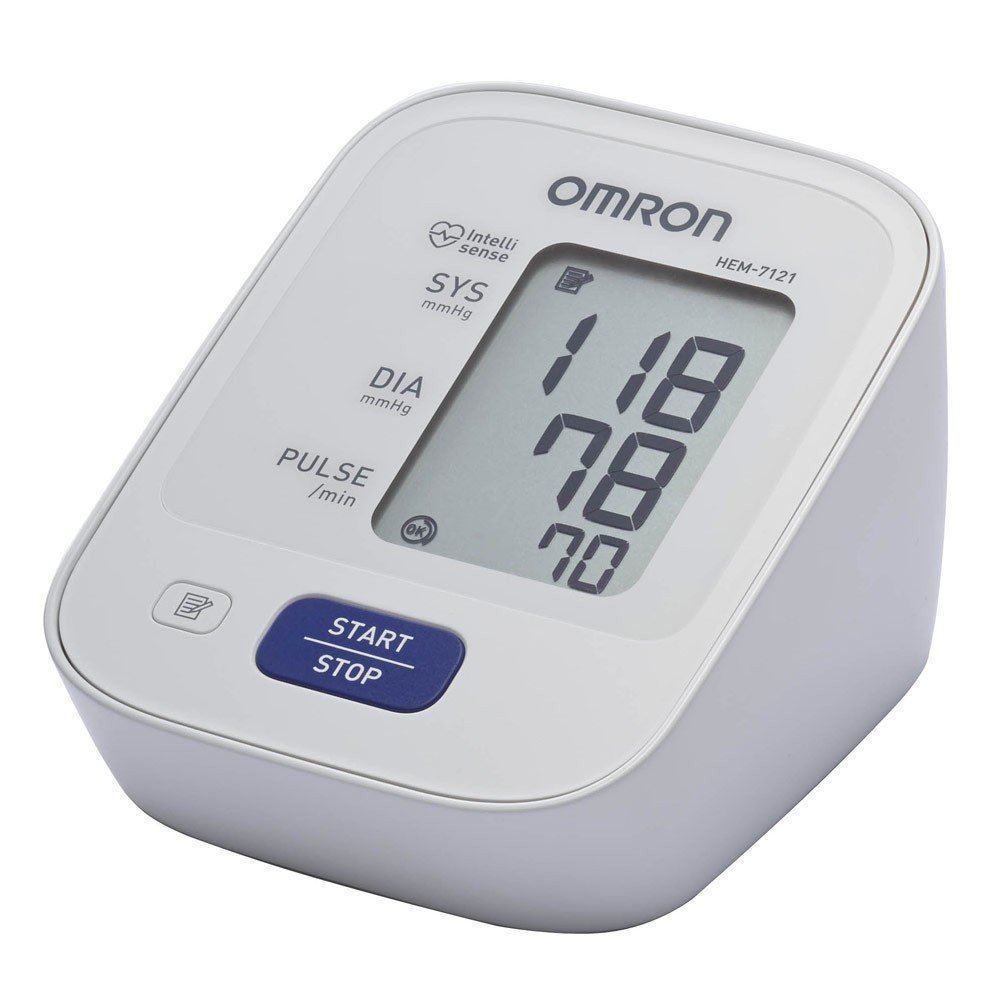
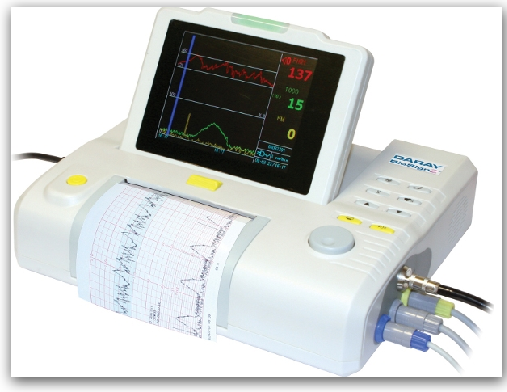
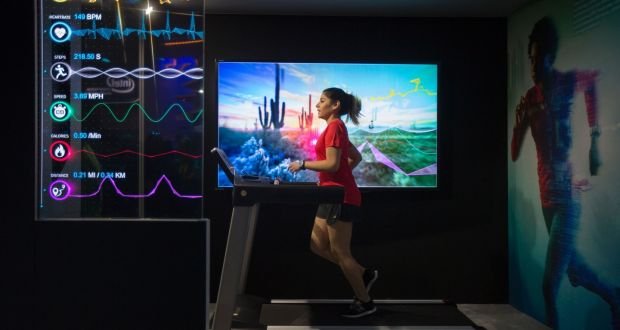
Comments
Post a Comment